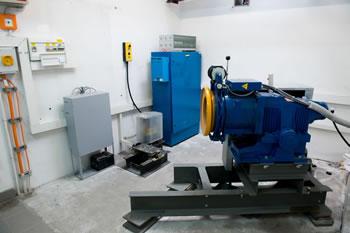Discover how maintenance and modernization enhance elevator life expectancy. Make informed decisions for longevity. Expert insights on elevator care
Understanding elevator life expectancy is essential for building owners and managers to make informed decisions about maintenance, modernization, and replacements. A well-maintained elevator can serve a building reliably for decades, while neglect can lead to premature aging and costly overhauls. In this comprehensive guide, we delve into the key considerations for maximizing elevator life expectancy at every stage.
Elevator Life Expectancy: The Foundation
The average elevator life expectancy hinges on various factors, including maintenance practices, usage patterns, and equipment quality. Properly maintained elevators not only operate smoothly but also offer a longer service life. Regular maintenance helps detect and address minor issues before they escalate, ensuring safe and efficient operation.
Elevator Phone Line
How to eliminate the cost of a traditional elevator phone line and save 35% or more
If you are looking to reduce elevator phone line fees we recommend you switch to cellular. Cellular elevator phone lines meet all ADA and IBC codes. The benefits include increased reliability and substantial savings over existing conventional telephone line charges.
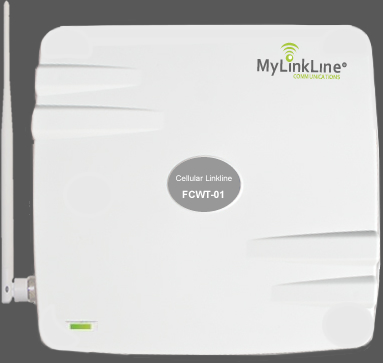
Estimating Elevator Life Expectancy
Determining how long an elevator should last involves assessing its maintenance history, usage intensity, and adherence to recommended servicing schedules. Elevators that receive routine care and prompt repairs can often extend their life spans beyond the industry averages.
Stages of Elevator Longevity
10 – 15 Years: Elevator Life Expectancy and Maintenance
During the initial decade, elevator life expectancy is greatly influenced by consistent maintenance. Elevators that undergo routine inspections and upkeep are likely to reach the 15-year mark with optimal performance. However, those lacking proper maintenance might face modernization requirements within this period.
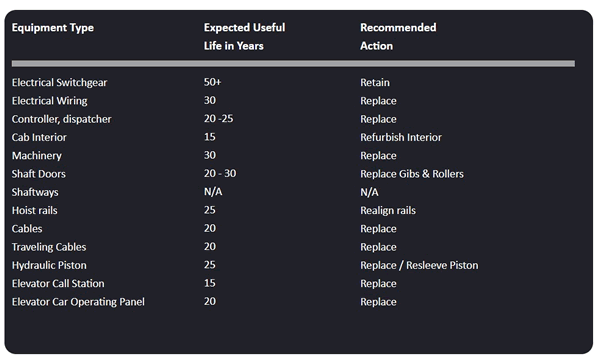
20 – 25 Years: Prolonging Elevator Life Expectancy
Beyond the first 10 – 15 years, elevators may continue to function effectively with proper maintenance. However, around the 20 – 25-year mark, signs of wear and decreasing performance may become noticeable. Adhering to regular maintenance practices can help mitigate issues and extend the service life.
25 – 30 Years: Elevator Longevity and Modernization
As elevators approach the 25-year milestone, it’s crucial to reassess their performance and evaluate potential modernization needs. Elevators aged 25 years or more might experience reduced reliability and efficiency. Comprehensive modernization, including machinery and electrical system replacement, becomes a key consideration.
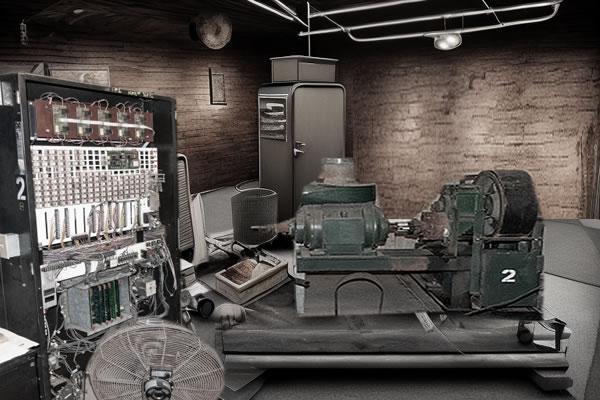
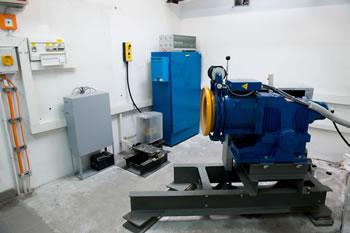
Modernization Costs and Elevator Life Expectancy
Modernizing elevators is a strategic investment to enhance their longevity and maintain optimal performance. Hydraulic elevator modernization costs typically range from $50,000 to $150,000, covering essential upgrades like controllers, door equipment, and control panels.
For traction elevators, modernization costs can vary significantly from $100,000 to $300,000+ based on the number of floors and the need to replace machines and ropes. Upgrading elevator interiors adds an additional cost of $12,000 to $25,000 per elevator cab.
Proprietary vs. Non-Proprietary: Impact on Elevator Life Expectancy
Choosing equipment from major elevator manufacturers often ensures longer supported lifespans due to patent protection and better compatibility. However, the downside is potentially limited-service options. Independent suppliers might offer cost-effective solutions but could lead to shorter elevator life expectancy if not properly supported.
The Vital Role of Maintenance
Repeated throughout this guide is the significance of maintenance in elevator life expectancy. Neglecting regular servicing and inspections can dramatically decrease an elevator’s lifespan. Consistent adherence to maintenance schedules is the cornerstone of elevator longevity.
Elevator Life Expectancy and Strategic Planning
Elevator life expectancy is a dynamic interplay of maintenance, modernization, and quality. By understanding the stages of elevator longevity and the impact of various factors, building owners can make informed decisions to ensure safe, efficient, and cost-effective elevator operation. Invest in routine maintenance, consider modernization strategically, and prioritize the well-being of your building’s vertical transportation for years to come.

